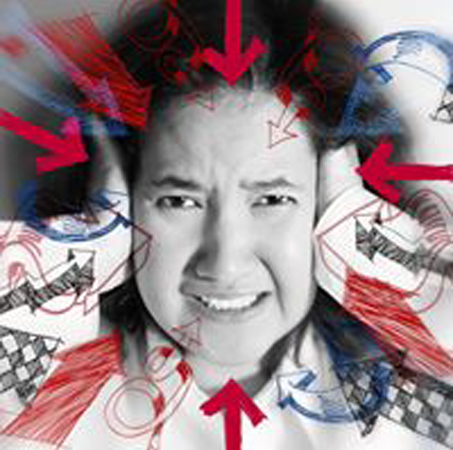
The Cost of Being Sick
(Courtesy: Nicholas J.Webb)
“Imagine a world in which medicine was oriented towards healing rather than disease, where doctors believed in the natural healing capacity of human beings and emphasized prevention over treatment.” ~ Andrew Weil, MD
The next 20 years will be marked by a race to reclaim life and vitality. It is therefore essential to have proper knowledge by each citizen of a country to offset the enormous influence of the present treatment mentality.
This demands personal resolve and not Government legislation or corporate compromise. We prize the evolutionary advances of medicine in imaging, minimally invasive surgeries and designer drugs. But perhaps this evolution obscures a hard truth – the devolution of the health status of us Indians.
We are justifiably proud of a medical model that eases disease, blocks pain and sometimes cures the incurable. Substantial amount of money is being wasted on the treatment side of health-care which can actually be saved by turning the industry upside down and focusing on the preventive side of the health-care equation.
Our lifestyles, the medical-industrial complex and our health-care system have converged to the critical point where they are actually working against us. They are doing so by focusing our health care efforts on post-disease pills rather than prevention and promoting wellness.
Imagine monthly health-care bills more than Rs. 2000 per month or paying Rs. 24,000 per year on a monthly salary of Rs. 25,000 (reasonable salary in the Indian context). The result: Medical bills will become a leading cause of personal bankruptcy in the present scenario of runaway inflation.
The past century has seen incredible advances in the treatment aspects of medicine. As a society, we have come to believe, and even expect, that modern medicine will develop a miracle pill that will cure all our woes. Unfortunately, such is not the case. What we are beginning to see is that we have been circling the answers all along.
In one experiment, a group of caterpillars were coaxed onto the rim of a large flowerpot. The first caterpillar was brought in line to follow the last, thus a circle was created around the rim of the pot. It was thought that the caterpillars would soon find out the trick and move to the flower in the in the middle of the pot.
However, this was not to be!
The habit of following the leader caused these caterpillars to follow each other around the rim of the pot for a full seven days. Starvation and exhaustion finally halted the march, but not before the damage was done.
We have been following the circular pattern of treating symptoms as they appear. A symptom pops up and we cover it with drugs and therapies designed to relieve the symptom.
But what about curbing the disease itself?
Truly curbing the disease process – not simply easing the symptoms – can only occur when prevention is equally balanced with treatment. We have to step outside our current lifestyle habits and make proper course corrections towards better health.
The Cause is also the Cure!
Diet is the key to preventing disease in our culture. Healthy eating, a solid regimen of exercise, intake of dietary supplements and proper hydration are the key ingredients to good health.
Something has to change. The good news is that it is not too late… yet! Perhaps our most difficult challenge is breaking our current lifestyle habits.
These habits include – waking up late, consuming quick and easy sugar-based cereals, carbonated sugar water and fries. We take the elevator instead of stairs and choosing to watch primetime instead of living it. Each of these contains an opportunity for change, to take a step in the better direction.
Birthdays will come, anniversaries will pass. The question you must ask is how you will look at those moments. When you think about it, there is no magic elixir involved. To feel better we have to start living better.
It is observed that people who achieve and enjoy life the most share the following 10 simple habits:
Eat a balanced diet; take care of proper hydration needs of the body; exercise regularly; sleep at least seven hours a night; do things in moderation avoiding extremes; Do not take life too seriously; have at least one close, personal friend; have a healthy, loving relationship with a higher power; resolve conflicts quickly and live in the moment, celebrating life.
There is always room for improvement and additions can be made to the list.
When it comes to planning careers, vacations and taxes, we have no problem seeking out a qualified professional to help meet our goals. Why should something as important as our diet be any different?
Changing your diet and water does not have to be an inconvenience. Nor does it need to be a matter of depriving yourself of those things you enjoy. Simple, minor changes and an overall awareness of better health is all it takes. You can do it!
You are therefore invited to take a serious look at your own circumstances and chart a personal course toward a healthier tomorrow. One good turn will lead to another.
The following remodeling project will ensure greater financial stability and a legacy marked by fullness of life rather than bouts of lasting sickness. The issues discussed above have been “meshed” into four easy-to-remember points that models the essentials of “The Cost of Being Sick”.
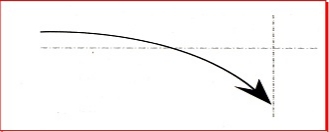
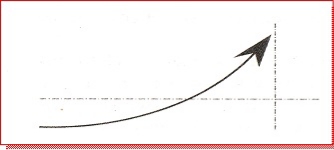
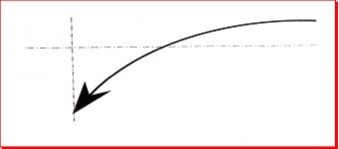
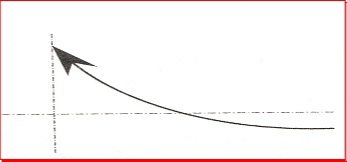
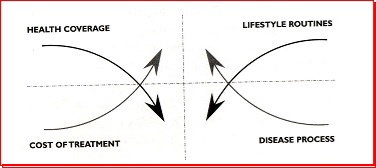
The first side represents the decline in available money to pay for health coverage from both government agencies and the private sector. On the opposite side, our collective lifestyle routines, without any positive changes, will advance the continual degradation of Indian health. This decline will fuel an upsurge in chronic illness and disease. Ultimately, this will drive the cost of treatment to unreachable levels for the “citizenry” of India.
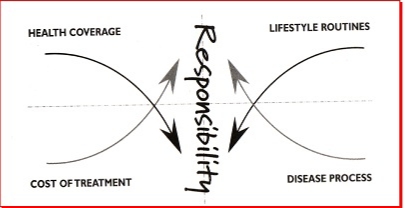
First, you will protect your lifestyle, meaning the activities that bring you joy and fulfillment, from unwanted ailments. Unfortunately, the current trends indicate that the retirement years for many, perhaps even you will be marked by fighting for life rather than living it.
Second, moving away from treatment towards prevention will strengthen your financial situation by spending less on the exorbitant cost of health care.
Spending Rs. 500 a month on a multi-vitamin and mineral supplement that bases its strength upon meeting the already flawed RDA benchmark will not cut it.
Prevention costs more upfront: “Price is what you pay – Value is what you get.” As an example, investing Rs. 3 Lakhs for a Water Ionizer which will take care of the hydration needs of your family (and more) for your entire lifetime is a prudent decision.
Taking into consideration health costs rising between 7–15% per year, spending this Rs. 3–4 lakhs upfront towards an ISO13485 Certified Water Ionizer throughout a span of 20 years (lifetime of the Ionizers) to avoid substantially higher potential medical costs makes good sense.
The convergence of all four points produces a gap ~ we call “The Responsibility Gap”. You own the fate of this no-man’s land. The Responsibility Gap is where two roads will diverge in your life and, I am sorry, you cannot travel both. You must either choose the road of prevention or gamble with the road that is governed by treatment.
Better personal lifestyle routines will gradually build a proportional line of defense against unnecessary sickness. Proactive wellness programmes sponsored by the private sector will strongly support renewed-personal-health convictions and eventually render the high cost of treatment irrelevant.
Make a choice of your life and let the big thing work for you like never before. Therefore, The Responsibility Gap ultimately starts and ends with you.
The coin has been tossed and it is time for you to call! Can I hear something?